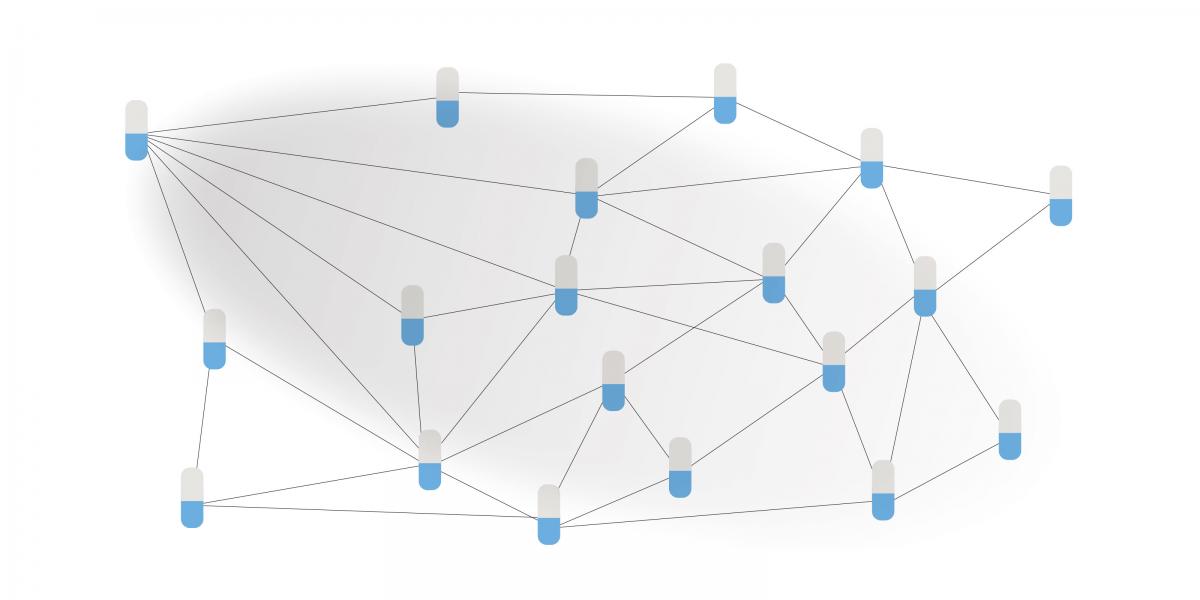Preventing Opioid Overdoses
Harnessing big data to identify people at risk—and save lives.
More than 45,000 people died in 2017 of an opioid overdose—a tragedy worsened by the fact that many of those deaths were preventable, according to Brendan Saloner.
Saloner, PhD, an associate professor in Health Policy and Management, and his colleagues working with the Maryland Department of Health have found patterns in the state’s databases that accurately identify people most at risk of overdose.
The researchers combined data from separate statewide systems: opioid prescriptions from the Maryland State Prescription Drug Monitoring Program; specialty behavioral health visits from the Behavioral Health Administration; hospital admissions from the Health Services Cost Review Commission; and arrests and incarcerations from the Department of Public Safety and Correctional Services. They then linked these data with opioid overdose death records from the Office of the Chief Medical Examiner.
More than 60% of the people who died from overdose in 2015–16 appeared in at least one of the databases, suggesting missed opportunities for intervention.
The single most predictive data source? Hospital records. Hospital emergency departments treat many people who nonfatally overdose, a population three times more likely to die of overdose than other patients. EDs also treat injuries and psychiatric distress that may predict overdose risk, Saloner says.
People with a record of both hospitalization and incarceration had the highest risk of death by overdose. “We also found that people who are in the criminal justice system are acutely at risk of overdose, especially in the year after leaving prison,” he says.
Saloner says Medicaid-managed care programs could adapt this preventive approach to target interventions to vulnerable populations. “There is both a moral case for preventing overdose and a business case,” he says. “If we can keep these individuals healthier, we can avert a lot of costs that are bad for individuals, public payers, and society overall.”
Using cross-agency data to target interventions could be a game changer, but so far Maryland and Massachusetts are the only states to mandate this type of data linkage. “The federal government has some interest in this, too,” Saloner says, “but states are the main drivers.”
